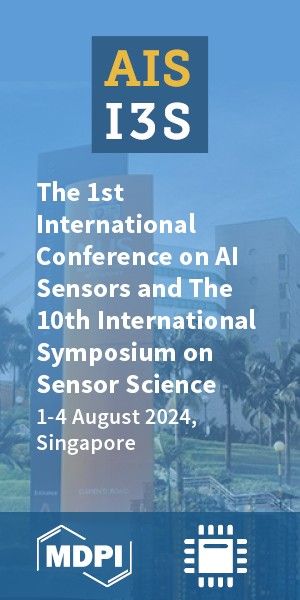Article
Version 1
Preserved in Portico This version is not peer-reviewed
A Partial Information Decomposition Based on Causal Tensors
Version 1
: Received: 4 February 2020 / Approved: 5 February 2020 / Online: 5 February 2020 (12:43:30 CET)
Version 2 : Received: 7 February 2020 / Approved: 10 February 2020 / Online: 10 February 2020 (09:11:51 CET)
Version 3 : Received: 26 February 2020 / Approved: 27 February 2020 / Online: 27 February 2020 (10:55:05 CET)
Version 2 : Received: 7 February 2020 / Approved: 10 February 2020 / Online: 10 February 2020 (09:11:51 CET)
Version 3 : Received: 26 February 2020 / Approved: 27 February 2020 / Online: 27 February 2020 (10:55:05 CET)
How to cite: Sigtermans, D. A Partial Information Decomposition Based on Causal Tensors. Preprints 2020, 2020020066. https://doi.org/10.20944/preprints202002.0066.v1 Sigtermans, D. A Partial Information Decomposition Based on Causal Tensors. Preprints 2020, 2020020066. https://doi.org/10.20944/preprints202002.0066.v1
Abstract
We propose a partial information decomposition based on the newly introduced framework of causal tensors, i.e., multilinear stochastic maps that transform source data into destination data. The innovation that causal tensors introduce is that the framework allows for an exact expression of an indirect association in terms of the constituting, direct associations. This is not possible when expressing associations only in measures like mutual information or transfer entropy. Instead of a priori expressing associations in terms of mutual information or transfer entropy, the a posteriori expression of associations in these terms results in an intuitive definition of a nonnegative and left monotonic redundancy. The proposed redundancy satisfies the three axioms introduced by William and Beer. The symmetry and self-redundancy axioms follow directly from our definition. The data processing inequality ensures that the monotonicity axiom is satisfied. Because causal tensors can be used to describe both mutual information as transfer entropy, the partial information decomposition applies to both measures. Results show that the decomposition closely resembles the decomposition of other another approach that expresses associations in terms of mutual information a posteriori.
Keywords
information theory; causal inference; causal tensors; transfer entropy; partial information decomposition; left monotonicity
Subject
Computer Science and Mathematics, Information Systems
Copyright: This is an open access article distributed under the Creative Commons Attribution License which permits unrestricted use, distribution, and reproduction in any medium, provided the original work is properly cited.
Comments (0)
We encourage comments and feedback from a broad range of readers. See criteria for comments and our Diversity statement.
Leave a public commentSend a private comment to the author(s)
* All users must log in before leaving a comment








